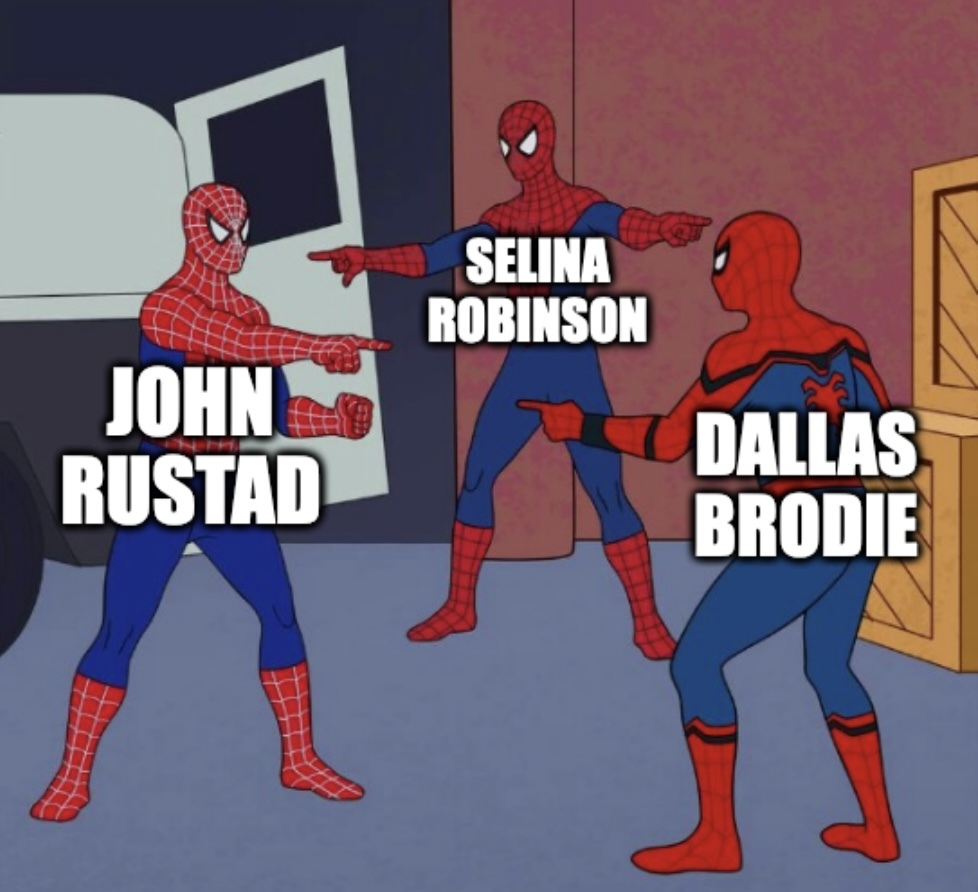Emerson Howitt 2025-03-07
More than half of voters in Hastings-Lennox and Addington cast ballots that elected no one.
Why? Because Ontario's first-past-the-post (FPTP) system distorts election results, discards votes, and hands power to a single party-regardless of what the majority of voters want.
It's time to change that.
A system that wastes votes
In the 2025 election, Progressive Conservative candidate Ric Bresee won Hastings-Lennox and Addington with just 48.4 per cent of the vote, meaning 51.6 per cent of voters had no representation in Queen's Park.
Final vote Breakdown:
- Ric Bresee, Progressive Conservative Party: 48.42 percent (20,029 votes)
- Lynn Rigby, Ontario Liberal Party: 29.61 per cent (12,247 votes)
- Jessica Zielke, Ontario NDP: 11.44 per cent (4,734 votes)
- Derek Sloan, Ontario Party: 5.73 per cent (2,372 votes)
- Mike Holbrook, Green Party: 3.23 per cent (1,338 votes)
- Glenn Tyrell, New Blue Party: 1.56 per cent (645 votes)
Under FPTP, voters who supported Liberal, NDP, Green, or Ontario Party candidates were left without a voice.
article continued...
Compare this to Germany, which held its own winter election this year under proportional representation (PR) and saw voter turnout hit 83 per cent. Why? Because there, every vote counts—no matter where you live.
Ontario deserves the same.
How FPTP fails rural Ontario
Rural communities in ridings like Hastings—Lennox and Addington are consistently shortchanged under FPTP.
In safe ridings, the same party wins over and over again, leading to voter disengage-ment, neglected local issues, and elections where other parties don’t even bother to campaign seriously. Meanwhile, in swing ridings, rural voters see their concerns elevated only when their votes are needed, only to be ignored once a government is formed.
This cycle creates unstable rural policies, underfunded services, and an electoral system that takes rural voters for granted. Proportional representation changes that.
How proportional representation fixes rural underrepresentation
Instead of shutting out voters, PR ensures that seats in Queen’s Park reflect the way people actually vote. It makes every vote count, ensures rural voices from across the political spectrum are represented, and fosters policy stability rather than short-term election promises.
Two proven proportional representation systems could work in Ontario:
Two practical solutions: MMP and STV
Mixed Member Proportional (MMP)
MMP allows voters to cast two votes—one for a local representative and one for a party (or an open-list candidate).
This system preserves local MPPs while ensuring the legislature reflects the popular vote, forcing parties to campaign everywhere—including rural Ontario.
MMP is used in Germany and New Zealand, where rural voters have stronger representation than under FPTP.
Single Transferable Vote (STV)
STV eliminates one-party dominance in rural areas by creating larger, multi-member districts where voters rank candidates in order of preference.
This system ensures that more than one party wins seats in rural districts, giving vot-ers real choices and reducing wasted votes.
STV has worked for decades in Ireland, Scotland, and parts of Australia, where rural communities elect strong, diverse represen-tatives.
What would proportional representa-tion look like in Ontario?
If Ontario had MMP or STV, the election results would have been far fairer.
While people vote differently under PR (since they don’t need to vote strategically), if we hypothetically applied PR to this elec-tion’s results, the seat distribution might have looked like this:
- Progressive Conservatives: 55 seats (instead of 74)
- Ontario Liberals: 38 seats (instead of 14)
- NDP: 24 seats (instead of 27)
- Green Party: six seats (instead of two)
- Independent: one seat
Not only would this change how many MPPs are elected—but also where they are elected.
Under PR, we’d see a healthy mix of rural representatives from the Liberals, NDP, and Greens, and more urban Conservative MPPs as well. Instead of one-party rule based on a minority of votes, elected officials would have to work together, leading to better policies, fairer representation, and more political stability that reflects what Ontarians actually voted for.
It’s time to give rural Ontario the repre-sentation it deserves
Ontario’s winner-takes-all system is failing rural voters. Safe seats are ignored, rural issues are pushed aside, and millions of votes are wasted every election.
We don’t have to accept this.
Germany’s 83 per cent voter turnout proves what’s possible when people know their votes matter. New Zealand and Ireland have already shown how rural and small-town voters can be represented fairly.
Ontario can and should do better.
It’s time for a real democracy where every vote counts.
It’s time for proportional representation


